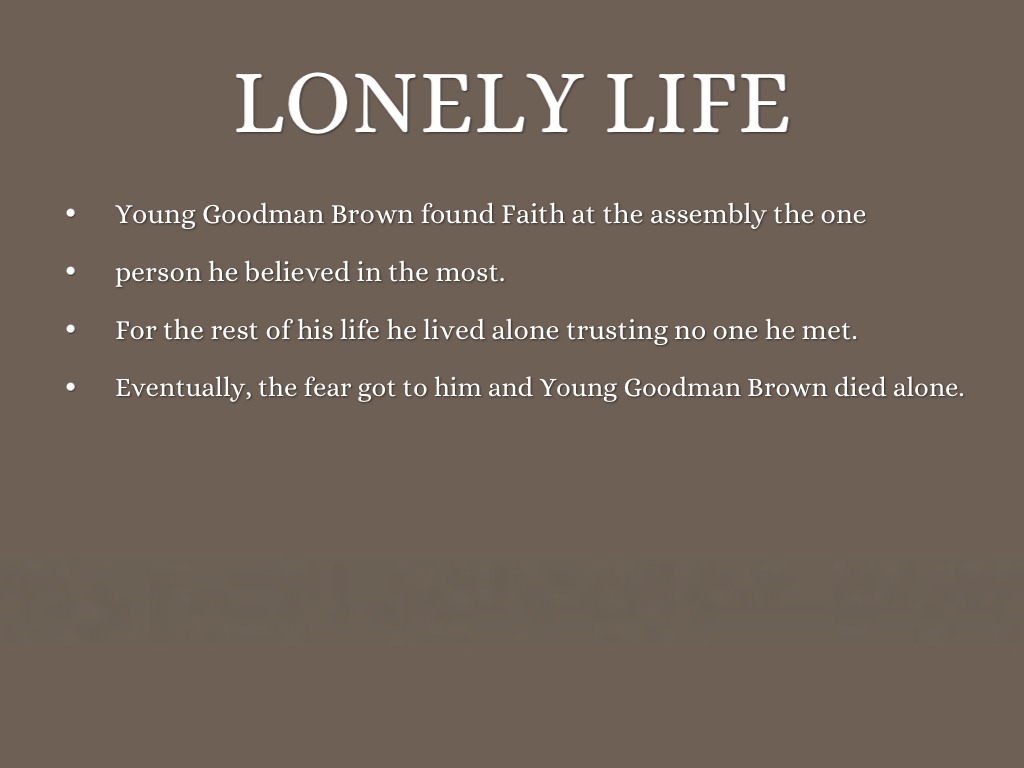Understanding Dry Begging: Examples And Insights
In today’s social media-driven world, the lines between genuine requests for help and subtle forms of solicitation can often become blurred. This phenomenon, known as dry begging, has become increasingly prevalent in our online interactions. It can take on various forms, from indirect pleas for assistance to vague hints at personal struggles, all while stopping short of a direct request for aid. Understanding dry begging examples is crucial for navigating social platforms and fostering healthier communication.
Many individuals may not even realize they are engaging in dry begging. Whether it’s a friend posting about their financial woes without explicitly asking for help or a colleague lamenting about their workload without seeking assistance, the subtlety of these messages can make it challenging to discern their intentions. By examining the nuances of dry begging, we can learn to recognize these behaviors in ourselves and others, fostering a more supportive environment both online and offline.
As we delve into the topic, we will explore various dry begging examples, discuss its implications, and consider how to respond appropriately. With an emphasis on empathy and understanding, this article aims to shed light on a behavior that many encounter but few openly discuss. Let’s begin by understanding the concept of dry begging and how it manifests in everyday life.
What is Dry Begging?
Dry begging refers to the act of subtly soliciting help or support without making a direct request. This behavior is often characterized by vague statements that imply a need for assistance, leaving the audience to interpret the message and decide whether to offer help. It can occur in various contexts, including social media, personal conversations, and even professional environments.
Why Do People Engage in Dry Begging?
There are several reasons why individuals may resort to dry begging:
- Fear of Rejection: Many people hesitate to ask for help directly due to the fear of being turned down or judged.
- Desire for Sympathy: Some may seek emotional support without wanting to burden others with explicit requests.
- Social Norms: Cultural factors may discourage direct requests for help, leading individuals to adopt more indirect approaches.
How Can Dry Begging Affect Relationships?
Engaging in dry begging can have significant implications for personal and professional relationships. It may lead to misunderstandings, as friends and colleagues might not recognize the underlying request for help. This can create resentment or confusion, ultimately straining relationships. Additionally, it can foster a sense of mistrust if individuals feel they cannot communicate openly about their needs.
What Are Some Common Dry Begging Examples?
To better understand dry begging, let's explore some common examples that illustrate this behavior:
- The Vague Social Media Post: A person might post, "Feeling overwhelmed lately. Just need some positive vibes," which hints at their struggles without explicitly asking for support.
- The Subtle Hint: A friend may say, "I'm really struggling to make ends meet this month," leaving others to interpret whether they need assistance.
- The Roundabout Request: An individual might say, "I wish I could afford to go out with everyone," suggesting they want to join but can’t due to financial constraints.
How Can We Respond to Dry Begging?
Responding to dry begging can be tricky, but here are a few strategies to consider:
- Offer Support: If you recognize someone engaging in dry begging, express your willingness to help. A simple, “If you need anything, I’m here for you,” can open the door for more direct communication.
- Encourage Open Communication: Foster an environment where asking for help is normalized. Share your own experiences to encourage others to be direct about their needs.
- Be Mindful of Your Responses: Avoid dismissing dry begging comments. Instead, validate the person’s feelings and invite them to share more if they wish.
Can Dry Begging Be Beneficial?
While dry begging is often viewed negatively, it can have some benefits. For instance, it may prompt individuals to reflect on their feelings and needs, allowing them to articulate their struggles more clearly over time. Additionally, it can encourage empathy and understanding among friends and family, fostering deeper connections.
How to Avoid Engaging in Dry Begging?
To prevent falling into the trap of dry begging, consider the following tips:
- Be Direct: When you need help, don’t hesitate to ask for it directly. Clear communication can lead to better support.
- Practice Transparency: Share your feelings openly, and encourage others to do the same. This helps create a culture of honesty.
- Reflect on Your Needs: Take time to understand what you truly need and how best to express that to others.
What Can We Learn from Dry Begging Examples?
By analyzing dry begging examples, we can gain valuable insights into communication styles and emotional needs. Recognizing these behaviors can help us create a more supportive environment and foster healthier relationships. It’s essential to approach the topic with empathy, understanding that many people struggle to express their needs directly.
Conclusion: Navigating the Complexities of Dry Begging
In conclusion, understanding dry begging and its various examples can enhance our communication skills and promote a culture of openness and support. By recognizing this behavior in ourselves and others, we can create an environment where seeking help is not only accepted but encouraged. As we continue to navigate the complexities of human interactions, let’s strive for transparency and empathy, ensuring that everyone feels comfortable expressing their needs without fear or hesitation.
Unveiling Chris Hemsworth's Religion: A Deep Dive Into His Beliefs
Unveiling The Life Of Daniel Richard Musiala's Father
Sophia Rain: The Spiderman Video Sensation


